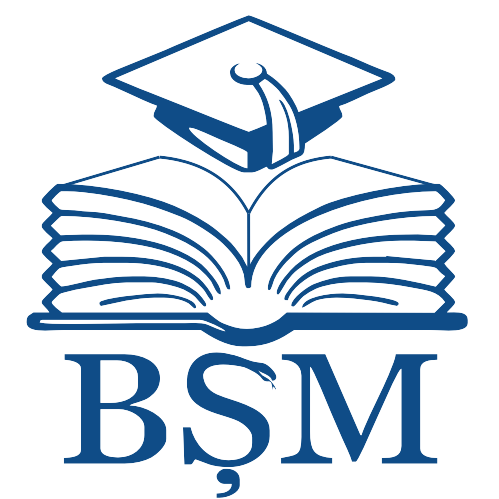| DC Field | Value | Language |
|---|
| dc.contributor.author | Caproş, Hristiana | |
| dc.contributor.author | Dondiuc, Iurie | |
| dc.contributor.author | Surguci, Mihai | |
| dc.contributor.author | Bologan, Ion | |
| dc.contributor.author | Potacevschi, Oleg | |
| dc.date.accessioned | 2025-05-12T05:48:41Z | |
| dc.date.available | 2025-05-12T05:48:41Z | |
| dc.date.issued | 2025 | |
| dc.identifier.citation | CAPROȘ, Hristiana, Iurie DONDIUC, Mihai SURGUCI, Ion BOLOGAN and Oleg POTACEVSCHI. Isolation of mesenchymal stem cells from Wharton’s jelly . In: Cells and tissues transplantation. Actualities and perspectives. The 3rd edition : The Materials of the National Scientific Conference with international participation dedicated to the 80th anniversary of the founding of Nicolae Testemitanu State University of Medicine and Pharmacy. Chisinau, March 21-22, 2025: [abstracts]. Chişinău: CEP Medicina, 2025, p. 21. ISBN 978-9975-82-413-2. | en_US |
| dc.identifier.isbn | 978-9975-82-413-2 | |
| dc.identifier.uri | https://repository.usmf.md/handle/20.500.12710/30493 | |
| dc.description.abstract | Introduction: Mesenchymal stem cells (MSCs) derived from Wharton’s jelly of the umbilical cord
are increasingly recognized for their potential in regenerative medicine. These cells offer significant
advantages, including high proliferative capacity, multipotent differentiation, and immunomodulatory
properties. Due to their accessibility and low risk of immunological rejection, they are considered a
valuable resource for various therapeutic applications.
Methods: The collection of umbilical cords is performed under sterile conditions, followed by the
isolation of MSCs using two primary techniques. The first, the direct explantation method, involves
sectioning the umbilical cord into small fragments, removing the blood vessels, and placing them in
culture plates with a medium (DMEM/F-12) supplemented with fetal bovine serum (FBS). The
fragments are incubated at 37°C in a 5% CO₂ atmosphere for 7-14 days, allowing the cells to migrate
from the tissue and adhere to the culture surface. The second technique, enzymatic digestion, involves
incubating Wharton’s jelly fragments with collagenase type I and/or trypsin for 30-60 minutes at 37°C
with gentle agitation. After digestion, fetal bovine serum is added to stop the enzymatic process, and
the cell suspension is centrifuged. The cells are then resuspended in DMEM/F-12 medium with FBS
and growth factors and cultured under standard conditions. Results: The MSCs obtained from
Wharton’s jelly exhibit high proliferative potential and the ability to differentiate into osteoblasts,
chondrocytes, and adipocytes. These cells also display immunomodulatory properties, making them
suitable candidates for applications in autoimmune disease treatment, tissue regeneration, and
advanced cell therapy. Conclusion: Wharton’s jelly-derived MSCs present a promising alternative for
regenerative medicine, offering a favorable safety profile and versatile therapeutic applications. The
optimization of isolation and characterization protocols is crucial for their successful integration into
clinical protocols, advancing the field of regenerative therapies. | en_US |
| dc.language.iso | en | en_US |
| dc.publisher | CEP Medicina | en_US |
| dc.relation.ispartof | Cells and tissues transplantation. Actualities and perspectives. The 3-rd edition. Chisinau, March 21-22, 2025 | en_US |
| dc.title | Isolation of mesenchymal stem cells from Wharton’s jelly | en_US |
| dc.type | Other | en_US |
| Appears in Collections: | The Materials of the National Scientific Conference with International Participation „Cells and tissues transplantation. Actualities and perspectives. The 3rd edition” dedicated to the 80th anniversary of the founding of Nicolae Testemitanu State University of Medicine and Pharmacy. Chisinau, March 21-22, 2025: [Abstracts]
|


